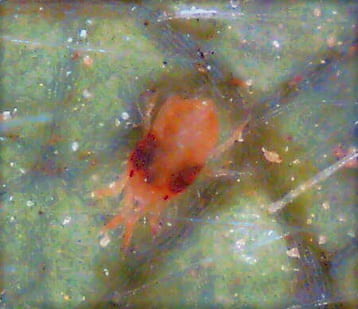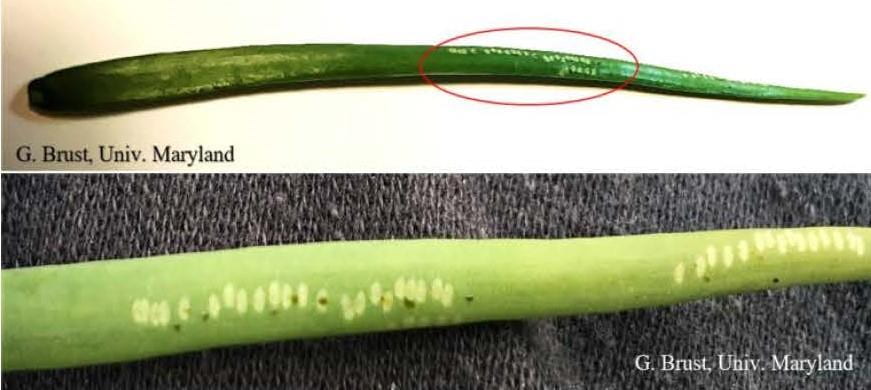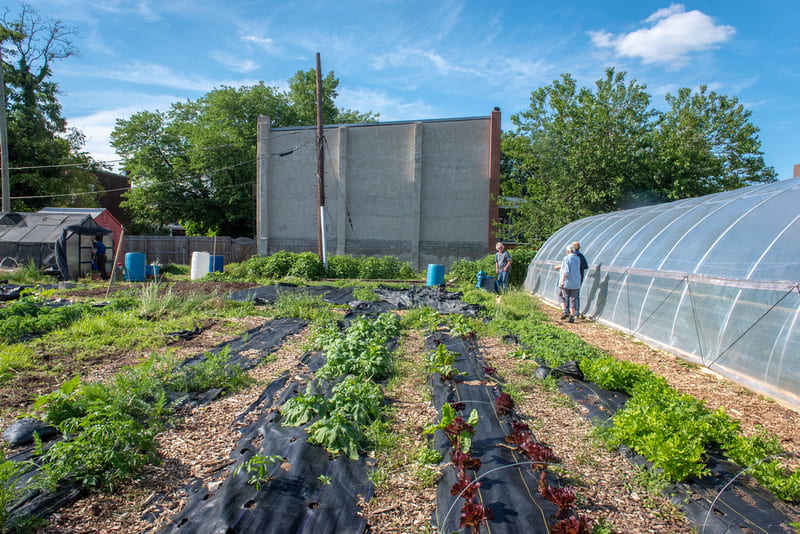By Jerry Brust, UME
With the cooler weather we have had of late I was surprised to find low levels of mites in strawberry fields, with a few hot spots of mites in some high tunnels. There were two species of mites found: the two spotted spider mite, Tetranychus urticae and the cyclamen mite Phytonemus pallidus.

Overwintering female two spotted spider mites are an orangish-red (Fig. 1) and most of the mites that can be seen with a naked eye will appear reddish in color. Spider mites overwinter in the soil or leaf litter, although they may remain somewhat active in high tunnels through the winter. The light yellowish eggs are pearl-like in appearance and are attached to the undersides of leaves or stems. Feeding damage by mites that occurs before fruiting can cause the most loss in yield, but after the first strawberry harvest plants can tolerate much greater rates of infestation. Growers should check their strawberries for mites now, especially if you have them in a high tunnel. If mites are found now you need more than 5 mites per leaflet (1/3 of a leaf) to justify the expense of a miticide application.
Continue reading Two Spotted Spider Mites and Cyclamen Mites Found in Strawberries.







